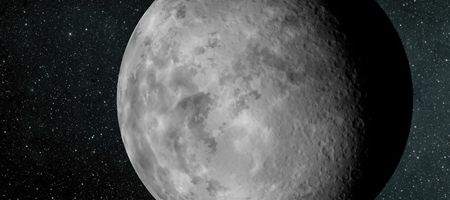NASA’s Kepler mission has found the smallest planet yet around a star similar to our sun.

The planet, along with two others, is located in a newly-discovered system called Kepler-37, about 210 light-years from Earth in the constellation Lyra. The smallest planet, Kepler-37b, is slightly larger than our moon, measuring about one-third the size of Earth.
However, while the star in Kepler-37 appears similar to our sun, the system appears quite unlike our own. While Kepler-37b is almost certainly rocky in composition, it doesn’t have an atmosphere, and can’t support life as we know it.
Kepler-37c, the closer neighboring planet, is slightly smaller than Venus, measuring almost three-quarters the size of Earth. Further out, Kepler-37d is twice the size of Earth.
“Even Kepler can only detect such a tiny world around the brightest stars it observes,” says Jack Lissauer, a planetary scientist at NASA’s Ames Research Center. “The fact we’ve discovered tiny Kepler-37b suggests such little planets are common, and more planetary wonders await as we continue to gather and analyze additional data.”
Kepler-37’s host star belongs to the same class as our sun, although it is slightly cooler and smaller. All three planets are closer to their star than Mercury is to the sun, suggesting they are very hot, inhospitable worlds.
Kepler-37b orbits every 13 days at less than one-third Mercury’s distance from the sun – and has an estimated surface temperature of more than 800 degrees Fahrenheit. Kepler-37c and Kepler-37d, orbit every 21 days and 40 days, respectively.
“We uncovered a planet smaller than any in our solar system orbiting one of the few stars that is both bright and quiet, where signal detection was possible,” says Kepler scientist Thomas Barclay. “This discovery shows close-in planets can be smaller, as well as much larger, than planets orbiting our sun.”






